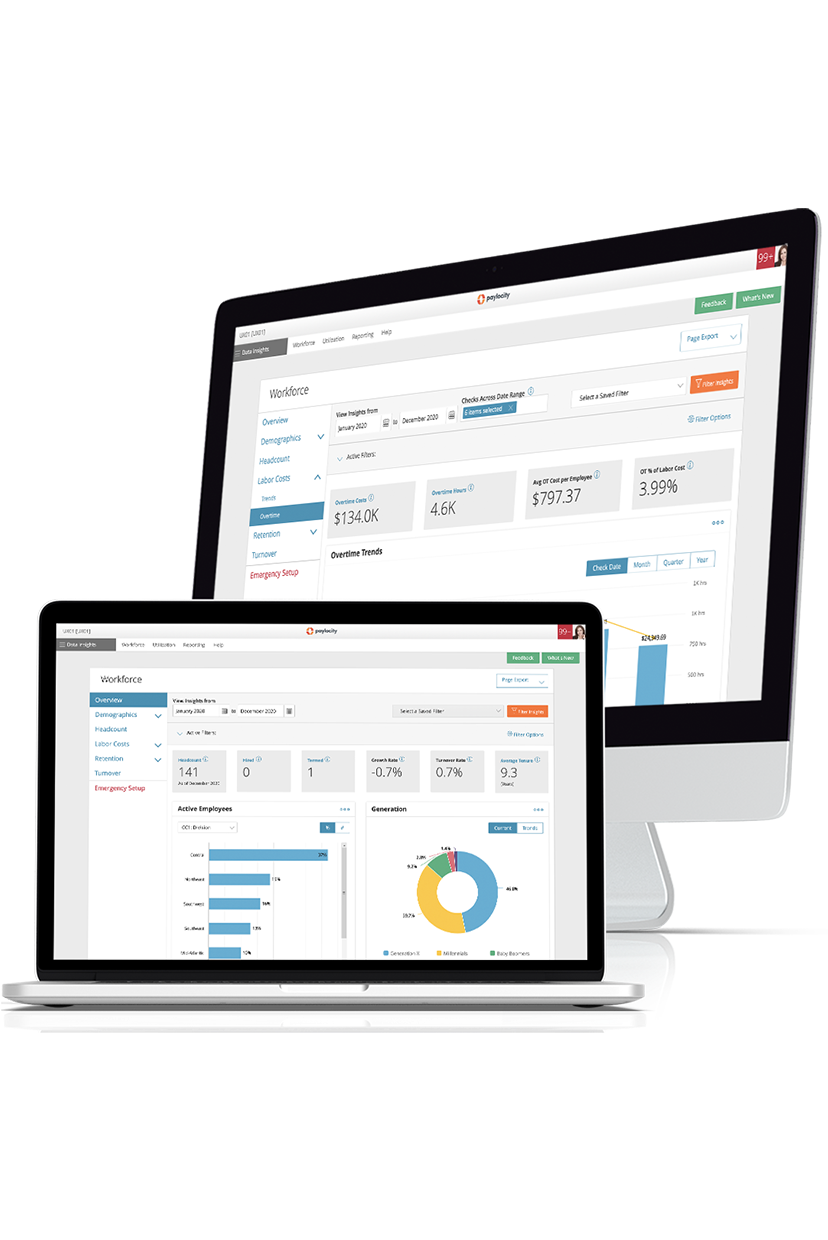You discover that during Q1, your company's employee turnover rate was 7.4%. Nicely done!
Learn More: 10 HR Metrics That Matter to Your C-Suite
How Do I Analyze Employee Turnover Rate?
Now, grab your detective hat. Because what's the point of all these figures if you don't know what they mean or how to make them work for you?
So, why is turnover happening in your business? Let's look at some hotspots and start asking the right questions.
Is a Certain Position in the Hot Seat?
Imagine you're a marketing maven running a digital marketing agency, and you've noticed that the turnover rate is higher in your internship program. Every intern who walks through your doors seems to be sprinting out before their internship ends.
It's a curious case, and you need to get to the bottom of it by looking at data or maybe even conducting a stay interview or two. Is it the workload, the compensation, or the nature of the job that's sending these individuals packing?
Identifying the problem is the first step toward finding a solution.
Is Turnover Higher in Certain Departments?
Take the time to break down your turnover rate by department. Does one department have a turnover rate that’s higher than the others? What's causing this? Is it a toxic work culture, a case of poor management, or something else entirely? It's time to uncover the mystery.
Are Managers Playing a Role?
Don't forget about your business leaders. Sometimes, it's management who needs to change their tune.
Break down turnover even more by looking at it on a team-by-team basis. If turnover is higher under a specific supervisor, figure out why. Is it their management style, a lack of support, or something else making people head for the hills?
Learn More: Decoding the Employee Experience: Top Retention Factors
What Is the Average Turnover Rate in 2025?
Based on the latest data from the U.S. Bureau of Labor Statistics, average turnover sits at 3.3% (as of January 2025).
It’s important to note that that’s a national average, and turnover rates can vary widely based on industry, role, and location. Even macro-economic trends can cause rates to ebb and flow.
If you’re looking for a benchmark, examine industry-level averages instead. This data is a better corollary for your own workforce.
Average Employee Turnover Rates by Industry
That being said, let’s examine turnover rates by industry (based on 2024 annual averages):
- Construction: 3.9%
- Manufacturing: 2.7%
- Professional and business services: 4.4%
- Leisure and hospitality: 5.6%
- Government: 1.4%
- Retail: 4.0%
- Finance and insurance: 1.9%
- State and local education: 1.4%
- Health care: 3.0%
So, what can we learn from this? Well, understanding employment trends among similar industries can help HR leaders tailor their strategies to keep teams happy, engaged, and on board.
Improve Employee Turnover Insight with HR Reporting Software
At the end of the day, it all boils down to understanding your workforce and knowing if they're content, appreciated, and eager to stay for the long haul.
But what if your turnover rates aren't quite up to par? How do you make your workplace more appealing and retain top talent? Paylocity's HR and Payroll software has your back. With its data-driven approach, you can take a deep dive into understanding your team and supercharge your HR strategies for better days ahead.
- Understand Your Workforce — You can also turn everyday work activities into measurable data. By understanding how your team uses tools and systems, you can better engage with them. You know what happens when people enjoy what they do? They're less likely to head for the door because they're all in for the long haul.
- Plan for Changes — With detailed position-level data, you can also proactively plan for role changes, make informed staffing decisions, and predict workforce shifts. So, when change is on the horizon, you're ready for it — no last-minute scrambles. This kind of preparation can help keep your turnover in check because everyone knows what's coming.
- Increase Retention - Identify employees at risk of leaving by analyzing turnover trends. This will allow you to make changes to keep them on board and show your team you're there and supporting them all the way.
- Custom, Real-Time Reporting — Access employee data and performance metrics to uncover and analyze trends that may be affecting turnover. Creating custom reports tailored to your workforce can provide actionable insights to help retain your top talent, ensuring they feel heard and appreciated.
Don't let HR challenges slow you down — trust Paylocity's HR system to give you the boost you need. Contact us today to request a demo and explore how we can transform your workplace.




